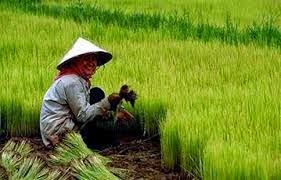Chinese food is one of the most popular types of cuisine in the world. What is your favourite dish? Sweet and sour chicken, Hoisin Duck, Kung Pow Chicken or Dim Sung?
 Here we detail the most popular and lesser known dishes from China. From recipes to restaurant recommendations, the history of their creation and their cultural significance. Each region of China have their own style of cuisine, some of which are well known in other parts of the world, some of which are not as yet.
Here we detail the most popular and lesser known dishes from China. From recipes to restaurant recommendations, the history of their creation and their cultural significance. Each region of China have their own style of cuisine, some of which are well known in other parts of the world, some of which are not as yet.The act of eating Chinese food is also different from that of other cultures i.e. eating with chopsticks, and this is what many people around the world enjoy about the experience of eating Chinese food, coupled with the many alluring, unique aromas of the food, along with its distinctive, exotic tastes.
 The unique ambience of a Chinese restaurant also plays a massive part in many people's experience with Chinese food. Classical Chinese music and traditional decor all contribute. Lighting is important, bringing out the vibrancy of the food, with its vivid palette of colours.
The unique ambience of a Chinese restaurant also plays a massive part in many people's experience with Chinese food. Classical Chinese music and traditional decor all contribute. Lighting is important, bringing out the vibrancy of the food, with its vivid palette of colours.Chinese food is popular for a reason, here we detail why!






